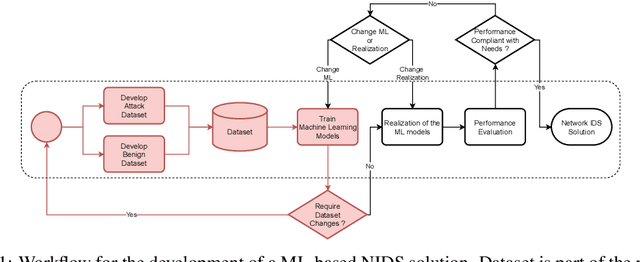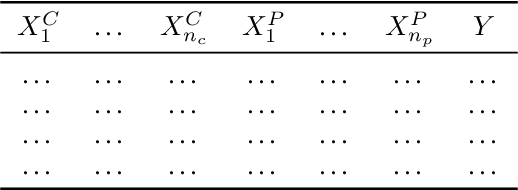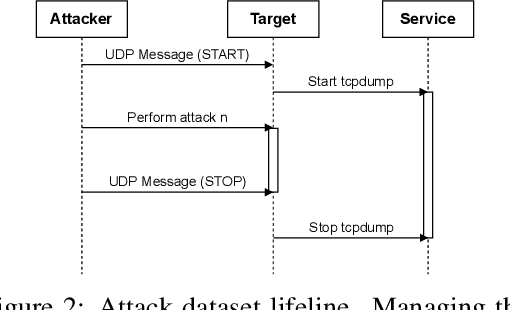Filipe Alves Neto Verri
Bridging the gap to real-world for network intrusion detection systems with data-centric approach
Oct 25, 2021



Abstract:Most research using machine learning (ML) for network intrusion detection systems (NIDS) uses well-established datasets such as KDD-CUP99, NSL-KDD, UNSW-NB15, and CICIDS-2017. In this context, the possibilities of machine learning techniques are explored, aiming for metrics improvements compared to the published baselines (model-centric approach). However, those datasets present some limitations as aging that make it unfeasible to transpose those ML-based solutions to real-world applications. This paper presents a systematic data-centric approach to address the current limitations of NIDS research, specifically the datasets. This approach generates NIDS datasets composed of the most recent network traffic and attacks, with the labeling process integrated by design.
Network Unfolding Map by Edge Dynamics Modeling
Feb 19, 2018



Abstract:The emergence of collective dynamics in neural networks is a mechanism of the animal and human brain for information processing. In this paper, we develop a computational technique using distributed processing elements in a complex network, which are called particles, to solve semi-supervised learning problems. Three actions govern the particles' dynamics: generation, walking, and absorption. Labeled vertices generate new particles that compete against rival particles for edge domination. Active particles randomly walk in the network until they are absorbed by either a rival vertex or an edge currently dominated by rival particles. The result from the model evolution consists of sets of edges arranged by the label dominance. Each set tends to form a connected subnetwork to represent a data class. Although the intrinsic dynamics of the model is a stochastic one, we prove there exists a deterministic version with largely reduced computational complexity; specifically, with linear growth. Furthermore, the edge domination process corresponds to an unfolding map in such way that edges "stretch" and "shrink" according to the vertex-edge dynamics. Consequently, the unfolding effect summarizes the relevant relationships between vertices and the uncovered data classes. The proposed model captures important details of connectivity patterns over the vertex-edge dynamics evolution, in contrast to previous approaches which focused on only vertex or only edge dynamics. Computer simulations reveal that the new model can identify nonlinear features in both real and artificial data, including boundaries between distinct classes and overlapping structures of data.
* Published version in http://ieeexplore.ieee.org/document/7762202/
Feature learning in feature-sample networks using multi-objective optimization
Oct 25, 2017



Abstract:Data and knowledge representation are fundamental concepts in machine learning. The quality of the representation impacts the performance of the learning model directly. Feature learning transforms or enhances raw data to structures that are effectively exploited by those models. In recent years, several works have been using complex networks for data representation and analysis. However, no feature learning method has been proposed for such category of techniques. Here, we present an unsupervised feature learning mechanism that works on datasets with binary features. First, the dataset is mapped into a feature--sample network. Then, a multi-objective optimization process selects a set of new vertices to produce an enhanced version of the network. The new features depend on a nonlinear function of a combination of preexisting features. Effectively, the process projects the input data into a higher-dimensional space. To solve the optimization problem, we design two metaheuristics based on the lexicographic genetic algorithm and the improved strength Pareto evolutionary algorithm (SPEA2). We show that the enhanced network contains more information and can be exploited to improve the performance of machine learning methods. The advantages and disadvantages of each optimization strategy are discussed.
 Add to Chrome
Add to Chrome Add to Firefox
Add to Firefox Add to Edge
Add to Edge